No products in the cart.
One thing is for sure if you have the Nanking cherry trees in your garden, they will steal the show as it is an early spring bloomer. The Nanking cherry acts like a STOP sign for passers-by, and they even might take some photos.
Still, it is not only in spring that these cherry bushes look great, as they display color at eye level when the fruit ripens. The best part is your bush cherries provide you with a sweet-to-sour fruit to enjoy straight from your garden.
Nanking Cherry Bushes Care Guide
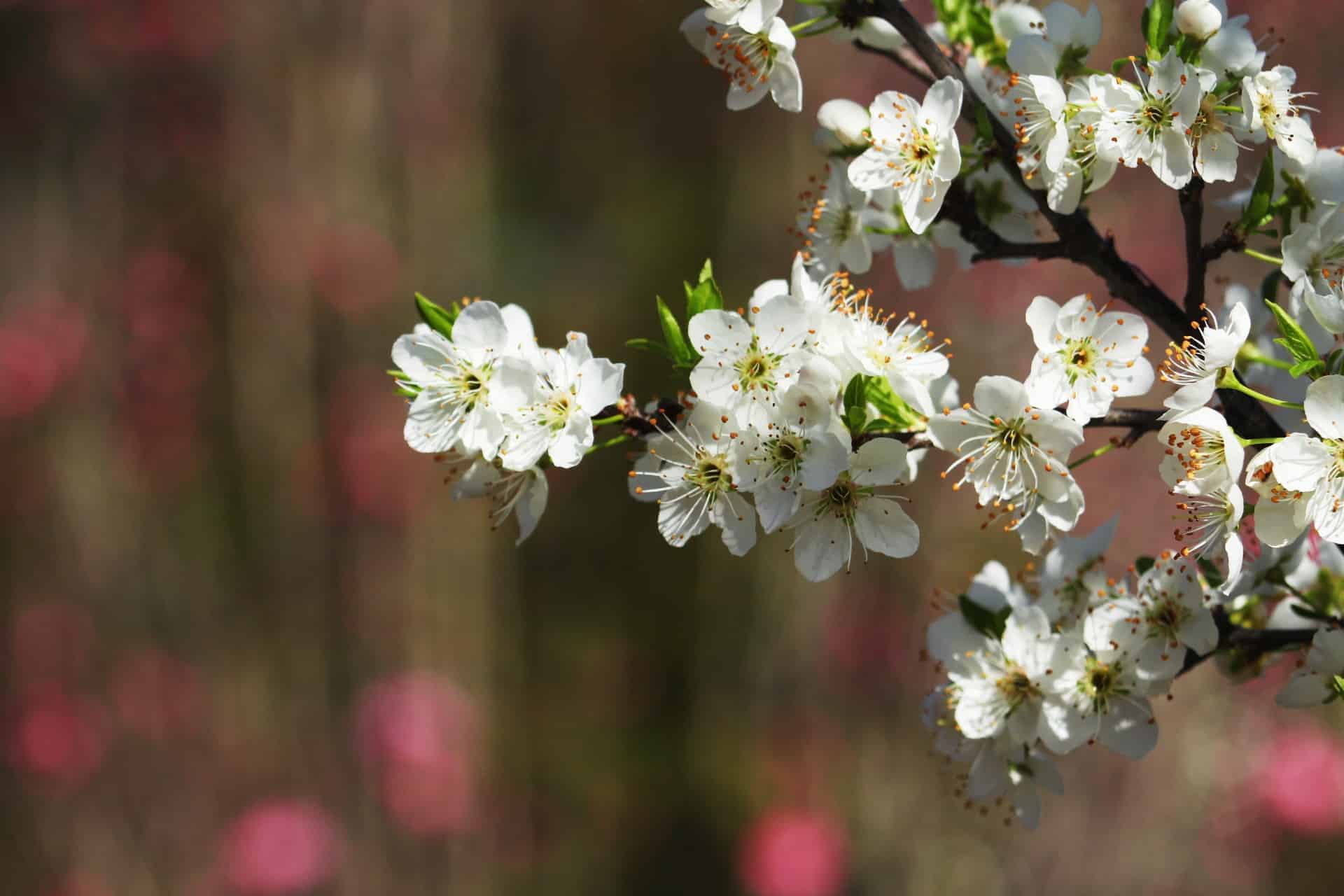
The fruit tree, known by its scientific name Prunus tomentosa or Nanking cherry, provides you with white spring flowers followed by reddish-brown bark and edible scarlet fruit. It makes for excellent planting on borders to mass plantings. Another common name is the Manchu cherry.
The Nanking cherry shrubs thrive in winter to hot summers in the United States and Canada. The Nanking bush cherry grows dense and works well as a garden filler, wildlife habitat, windbreak, or hedge. But, as mentioned, the best part is the delicious fruit.
You can add the cherry to pies, jellies, or jams or enjoy eating them fresh. Another notable thing is that the plant needs cross-pollination, and you will need more than one bush.
Soil Surface and Planting Space
The best soil type for the Nanking cherry bush is well-drained soil with organic matter added as compost. It also helps to test the soil beforehand to add nutrients accordingly. The best time to plant these fruit trees is in the fall to help them establish before the summer heat.
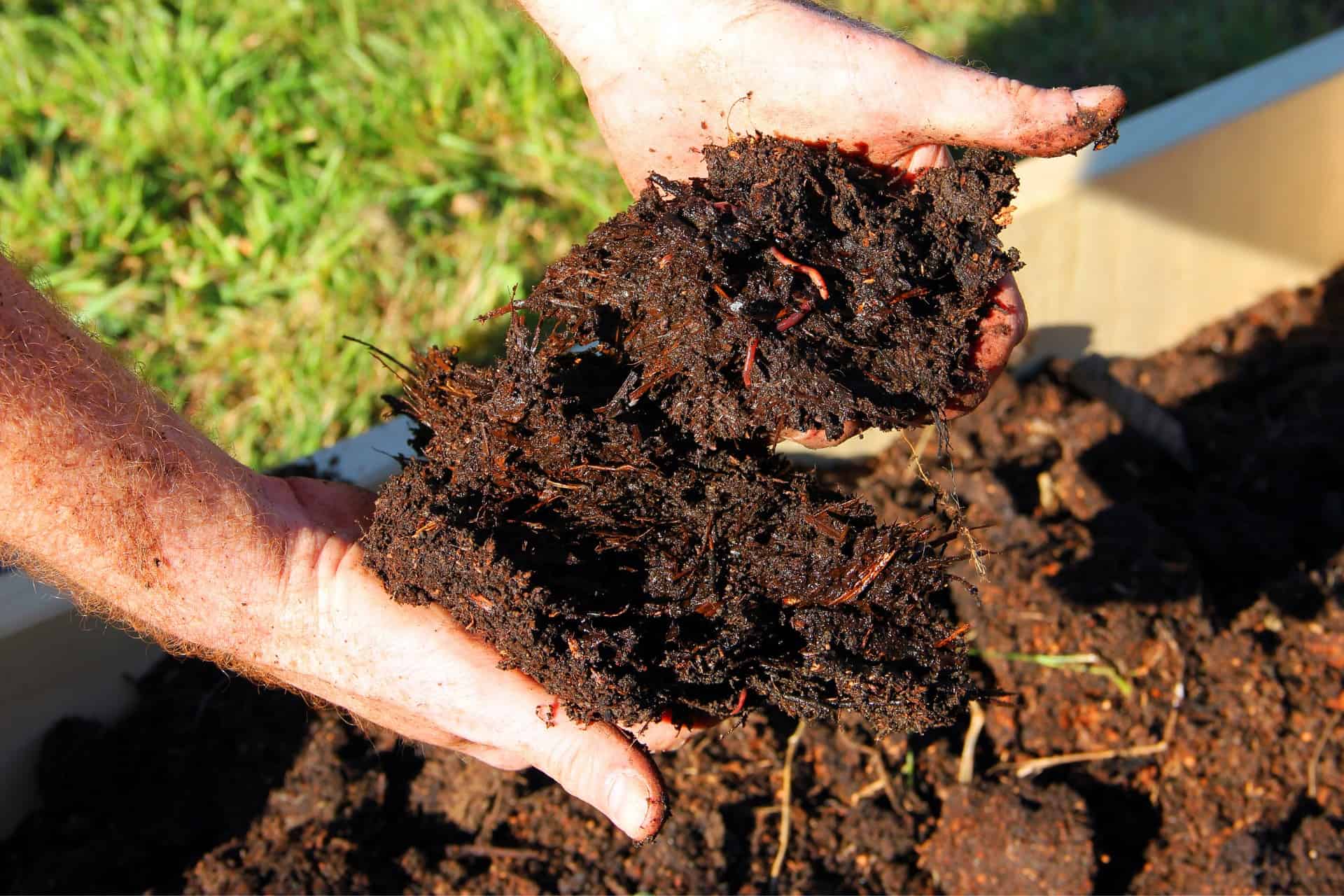
Still, planting in spring and summer is not impossible, but you will need extra care to ensure the soil remains moist. We recommend spacing ten feet between your planting for a hedge, and standalone plants provide a 15 feet space in between.
You can also use a loamy soil type but remember to add some organic compost.
Lighting Needs For The Chinese Bush Cherry
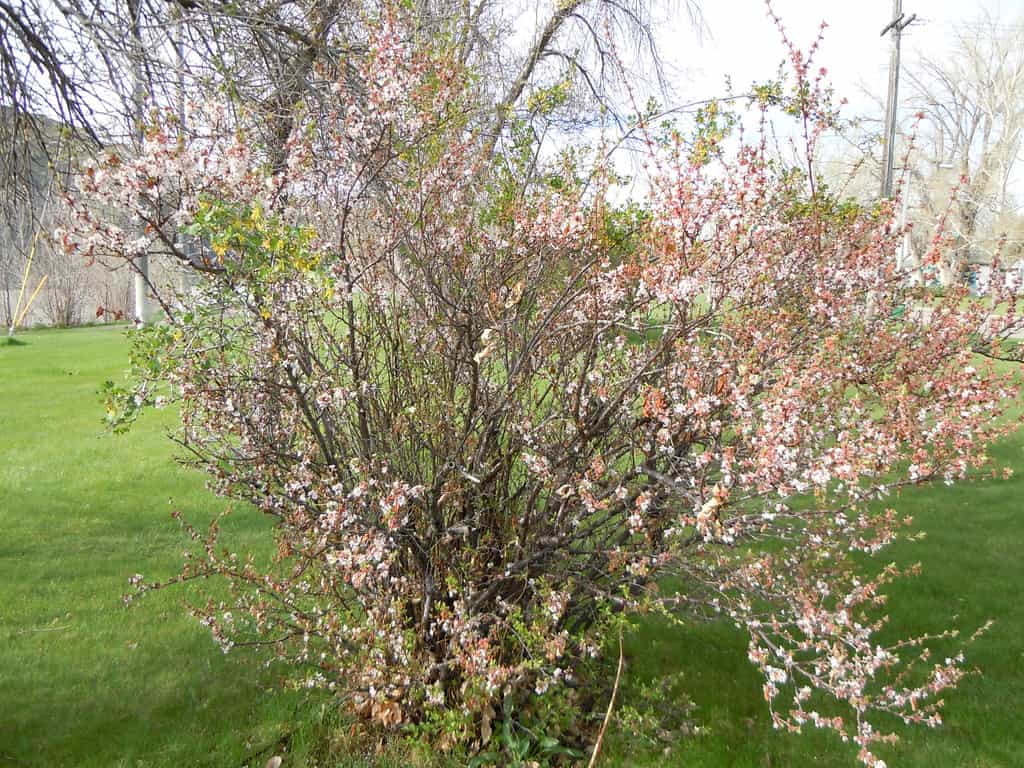
The best sunlight is full sun exposure for the Prunus tomentosa to produce fruit. But if you only have the part shade, you may find it still grows the tart cherry you will love.
Watering Your Nanking Cherry Shrubs
Young Nanking cherry bushes need frequent watering as it helps the roots become established. Hence, you can expect to water twice a week in warm weather. If you do have drip irrigation, it also helps to reduce diseases and get water on the leaves.
When established, your Nanking cherry Prunus tomentosa is quite drought tolerant as it can survive in regions with as little as 12 inches of rain yearly. But if you find the rainfall is little, we recommend often watering in hot climates.
Temperature & Humidity
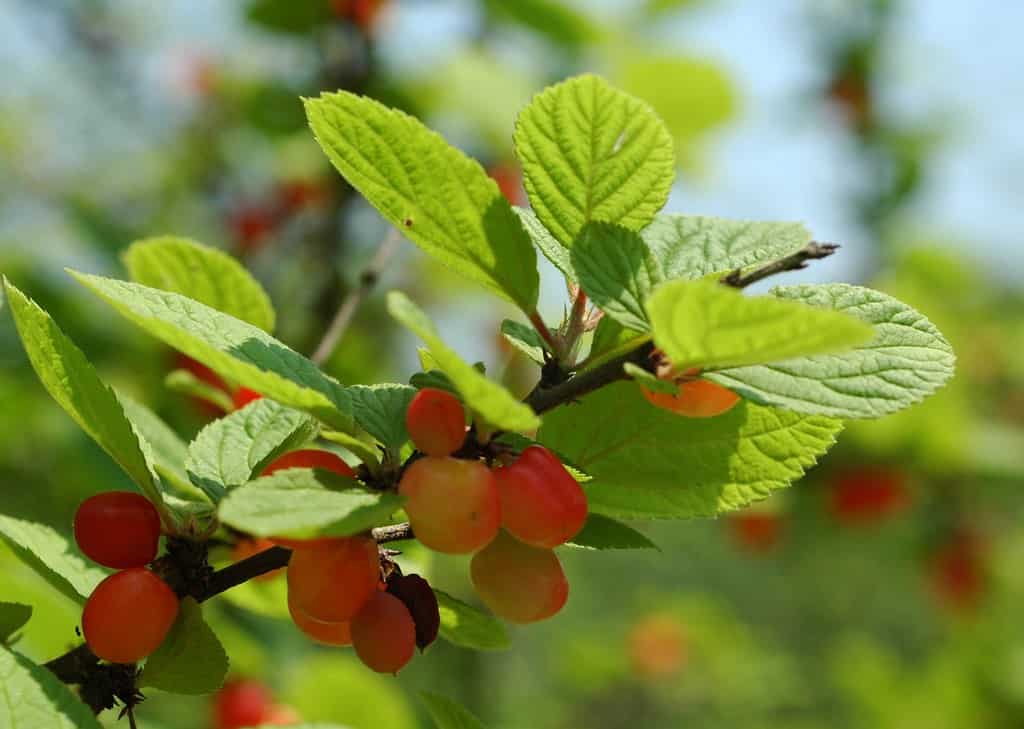
The Nanking cherry adapts to different temperatures and is very suitable for cold winters to hot summers. It is a hardy shrub that grows in the hardiness zones three to six without any concerns. Still, we recommend providing your bushes with some protection against frost damage.
Fertilizer For Nanking Cherry Fruit Trees
There is no need to fertilize your Prunus tomentosa as it is a low feeder. But if you find it produces small fruits and crops and has enough sunlight in a sunny location, consider a light application of fertilizer.
We recommend using mulch as it lessens weeds and is done in the first year of planting.
Pruning Your Cherry Prunus Tomentosa
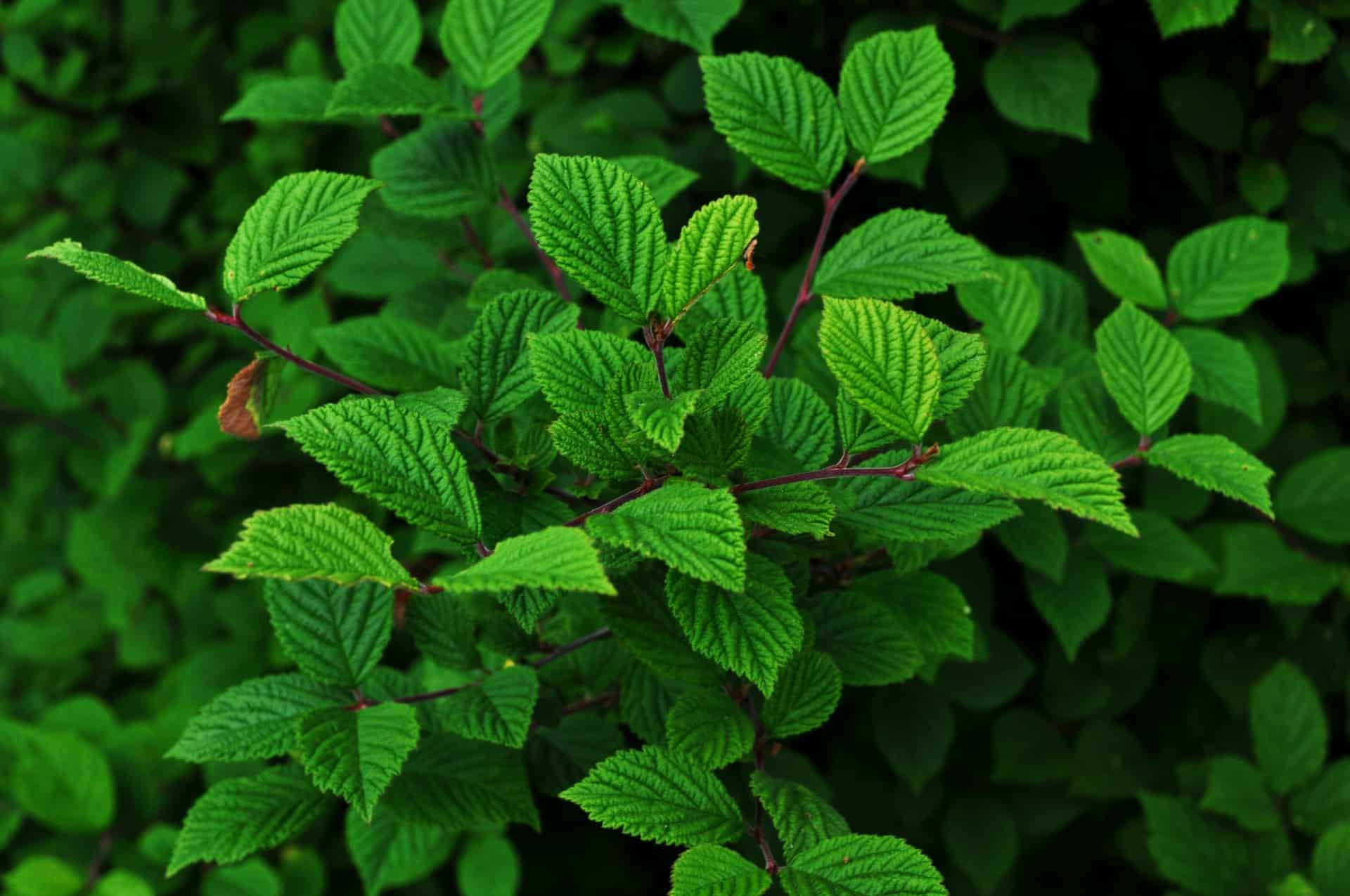
The fantastic thing with the Nanking cherry is that you need not prune often. You can do an annual pruning and still be rewarded with bright red cherries to enjoy. The best time to prune is in late winter, and you decide on the final height of your tree.
Pruning also helps encourage new growth of young branches carrying more fruit. It helps to keep the canopy open to prevent diseases and helps with good air circulation. You can remove the older and trim out dead to diseased branches.
Another advisable thing is to remove crossing branches and prune them to shorten the bush.
Propagating Nanking Cherry

You grow Nanking cherry from seed at home. Still, the seed will need cold stratification for about three months for germination. You can do this in several ways at home:
Take a pot with wet sand and some sphagnum peat moss, or use vermiculite. Keep checking the moisture regularly.
Another method is to use a damp paper towel and seal it in a bag with the seeds. Then, please place it in a refrigerator for up to 100 days.
Or you can plant the seeds outside in the fall and leave them there to grow. But, again, the main problem is monitoring the moisture levels, and rodents are eyeing your seed.
You will find your outdoor plant flowers in less than five years, and they can grow in different soil types. Another method is to use softwood cuttings in early summer or when the fruit ripens.
Or you can take a cutting in early spring from the dormant hardwood. Then use some rooting hormone and high humidity for it to root.
Cherry Varieties
In the downy cherry, you do not get many varieties to grow. But you can find other cherries to grow with your Nanking cherry, as seen here:
Mountain Cherry

The Prunus prostrate is grown more for ornamental purposes than enjoying the fruit. The Mountain cherry has a reddish–brown bark with ovate leaves, and the petioles lack glands. The flowers have a light rose color, and the fruit is red.
Mongolian Cherry
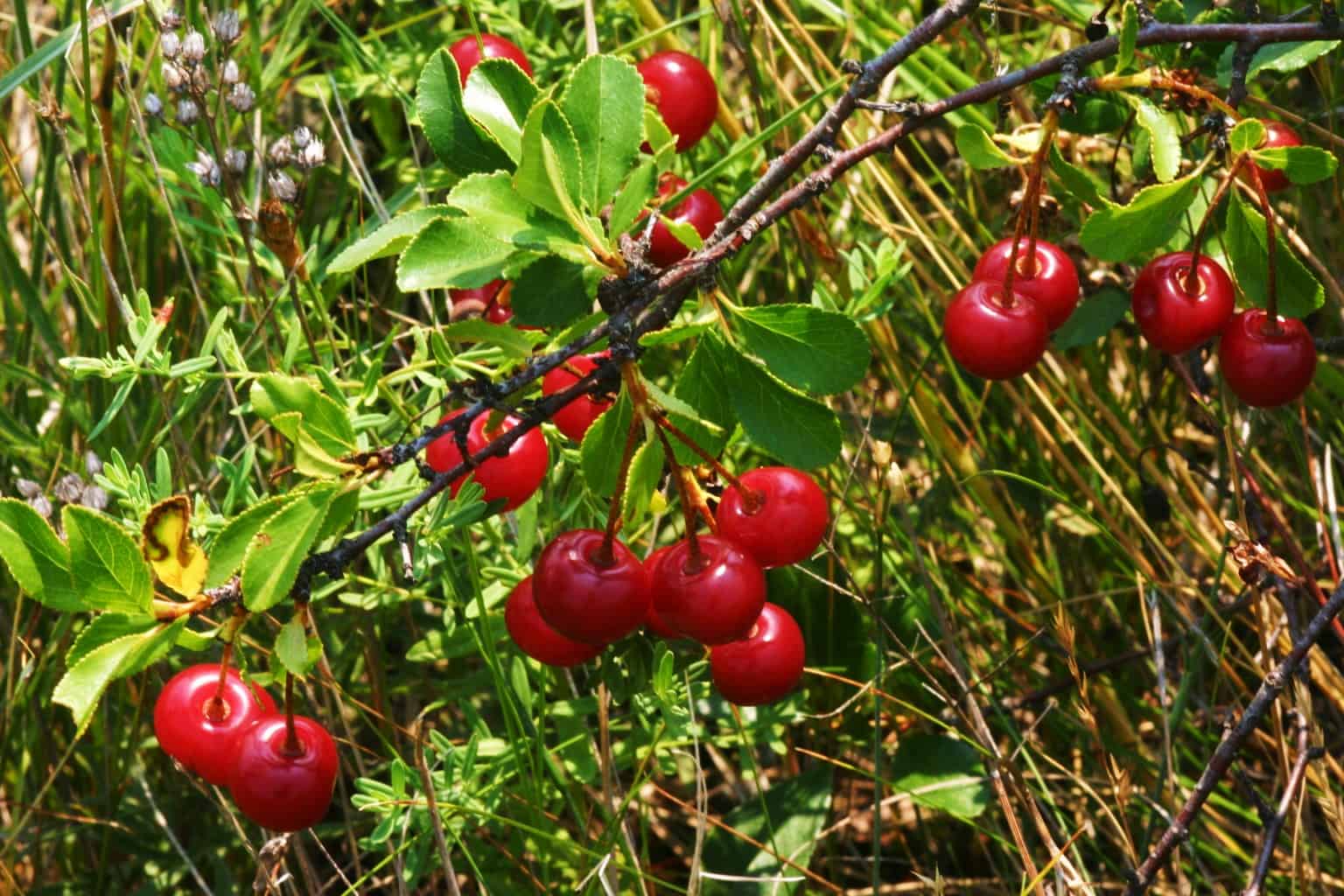
The Prunus fruticosa is a European dwarf cherry tree that is winter hardy and grows like a shrub. Many people know it as the ground cherry with dark red fruit.
Nanking Cherry Tree Common Pests
When treated as indoor plants, you can grow Nanking cherries in well-drained soil with moderate watering without many problems. But the shrub still has its fair share of issues. The first pest is spider mites that enjoy feeding on the undersides of the foliage.
If you notice stippled leaves, then it is a sign of mite feeding. With severe infestations, you will see silken threads on the stems and the leaves.
These critters produce fast, and best to use an insecticidal soap or neem oil to get rid of them.
The other problem is that the western cherry fruit fly has a distinct banding pattern on its wings. Hence, you can quickly identify them. The flies lay eggs in the fruit when still a salmon color, resulting in larvae growing inside.
The best is to use sticky traps in the garden and treat your cherries with spinosad to reduce the risk of the eggs being laid inside the fruit. Then you have the black cherry aphid attacking the leaf undersides and sucking out the sap.
Other concerns are fungal diseases known as coryneum blight that causes purplish-black spots on the leaves. The spots start to fall apart with time, leaving holes. The best is to remove the diseased and dead branches as there is no way to kill this fungus.
Still, an application of copper-based sprays can reduce infection. And as with most other plants, you need to concern yourself with root rot and crown rot. Both result from overwatering, while crown rot results from watering the leaves and not having good air circulation.
Frequently Asked Questions
The fruit can be eaten fresh or cooked in jams, jellies, and more.
When looked after, the Nanking cherry trees can live up to 50 years.
You can grow your Nanking cherry Prunus tomentosa in the shade, but they bloom better in full sun. You also need two or more shrubs growing close by for the cross-pollination to take place.
You can buy the Manchu cherry bush at local nurseries, but it is rare. But if you want to grow the Nanking cherry bush in your garden, you are lucky, as Plantly can help you find one.
Whether you want to buy, sell or simply reach out to other plant enthusiasts, Plantly is the right place to be!


